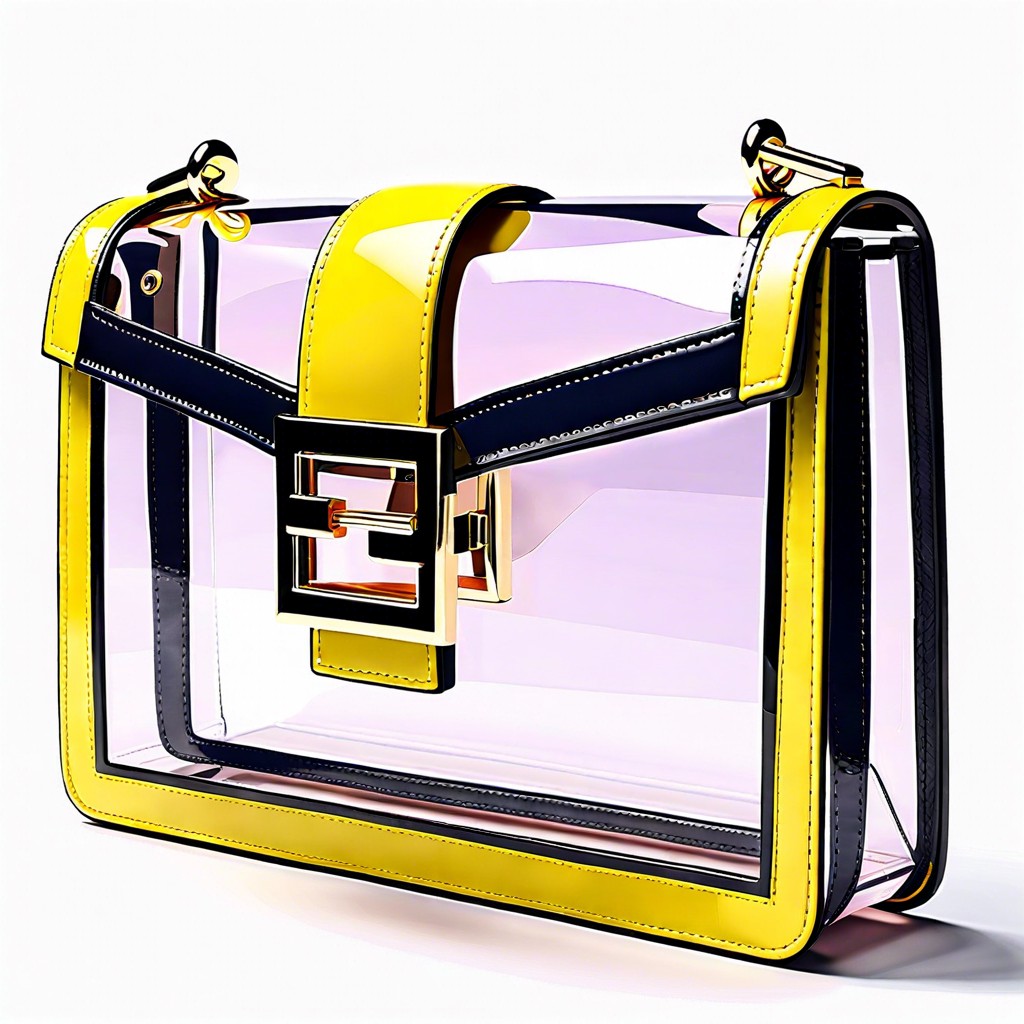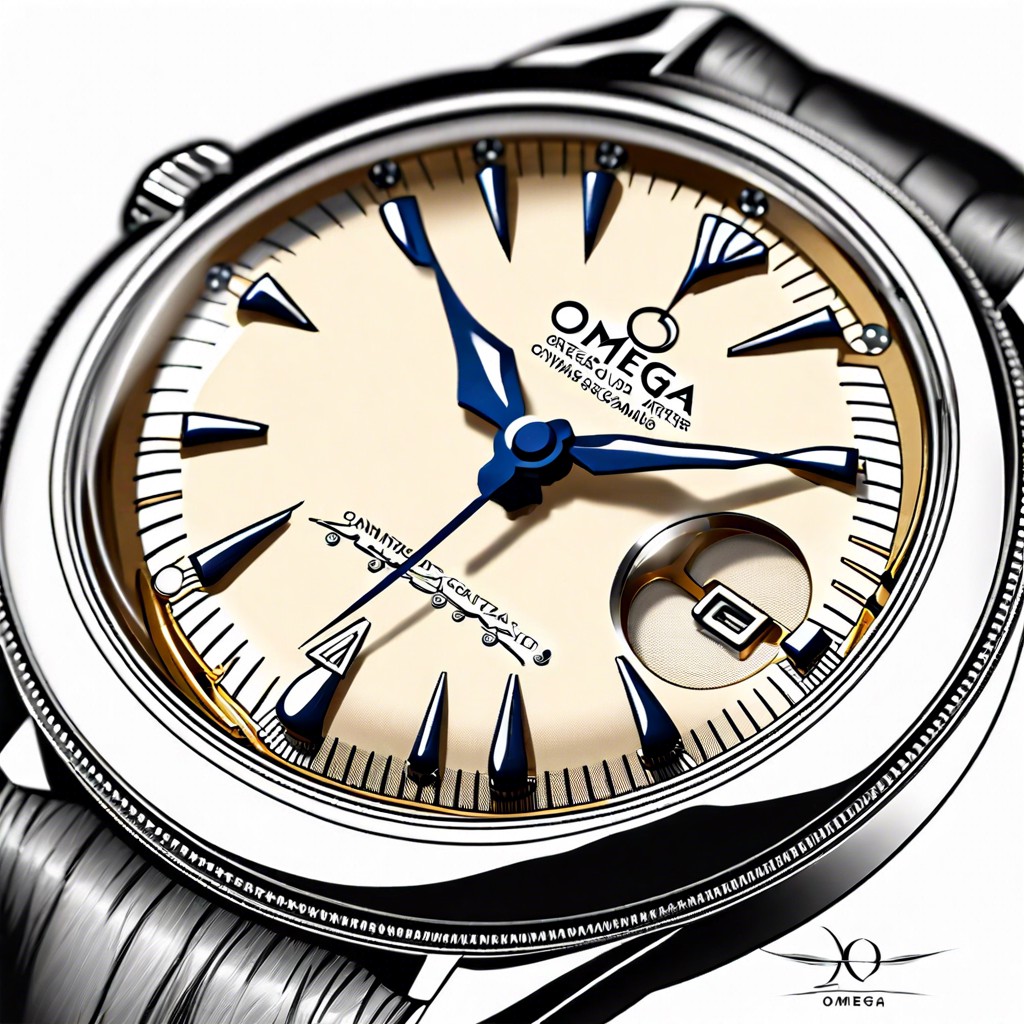Last updated on
This buying guide examines the essential factors to consider when purchasing a vintage Polaroid camera, including model differences, film availability, and condition assessment.
Key takeaways:
- Vintage Polaroid cameras offer a tangible nostalgia and unique aesthetic.
- Classic models include the Polaroid SX-70, 600 series, and SLR 680.
- The SX-70 is renowned for its folding design and manual controls.
- The 600 series is known for its simplicity and mass appeal.
- The SLR 680 offers improved versatility with integrated flash and autofocus.
The Allure of Old Polaroid Cameras
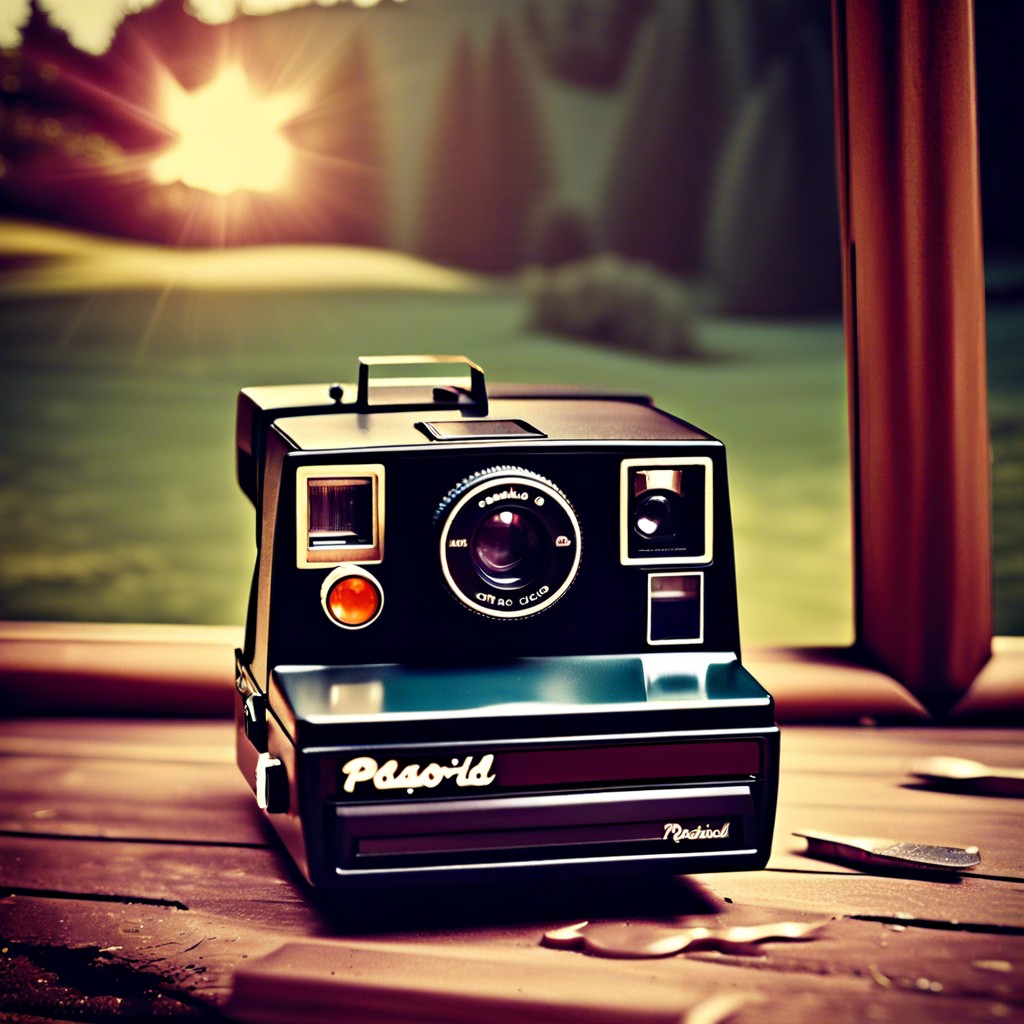
Instant photography offers a tangible sense of nostalgia that digital images can’t replicate. Old Polaroid cameras encapsulate a bygone era when each click of the shutter was deliberate, and the outcome was a unique, physical artifact. This tangible aspect connects us to the moment in a way that is seldom found in today’s digital age.
The distinct aesthetic of Polaroids, with its classic border and sometimes unpredictable color shifts and exposures, has a certain charm. Enthusiasts find pleasure in the anticipation of a photograph developing in their hands. Moreover, vintage Polaroid cameras are often praised for their design and collectibility, with models ranging from sleek and stylish to quirky and unconventional.
Their resurgence in popularity can be attributed to a combination of nostalgia, the distinctiveness of the medium, and the immediacy of the photographic process. With film photography enjoying a renaissance, vintage Polaroids remind us of the roots of instant gratification in imaging – a precursor to the digital “instant” we know today.
Classic Old Polaroid Camera Models

Polaroid SX-70 stands out as an icon, loved for its unique folding SLR design and manual controls. This model allowed photographers to manipulate exposure, offering a creative freedom not found in many other instant cameras of its time.
The Polaroid 600 series, easily recognized by its boxy shape, is synonymous with instant photography. These cameras were designed for simplicity and mass appeal, with fixed focus lenses and automatic flash, catering to casual photographers and families.
Polaroid SLR 680, a successor to the SX-70, featured an integrated flash and autofocus system. This model addressed the low-light shooting limitations of its predecessor, making it highly sought after by instant photography enthusiasts for its improved versatility.
Collectors and vintage aficionados often seek these classic models for their nostalgia, aesthetic appeal, and the unique, tangible experience of instant film photography that digital cameras cannot replicate.
Polaroid SX-70
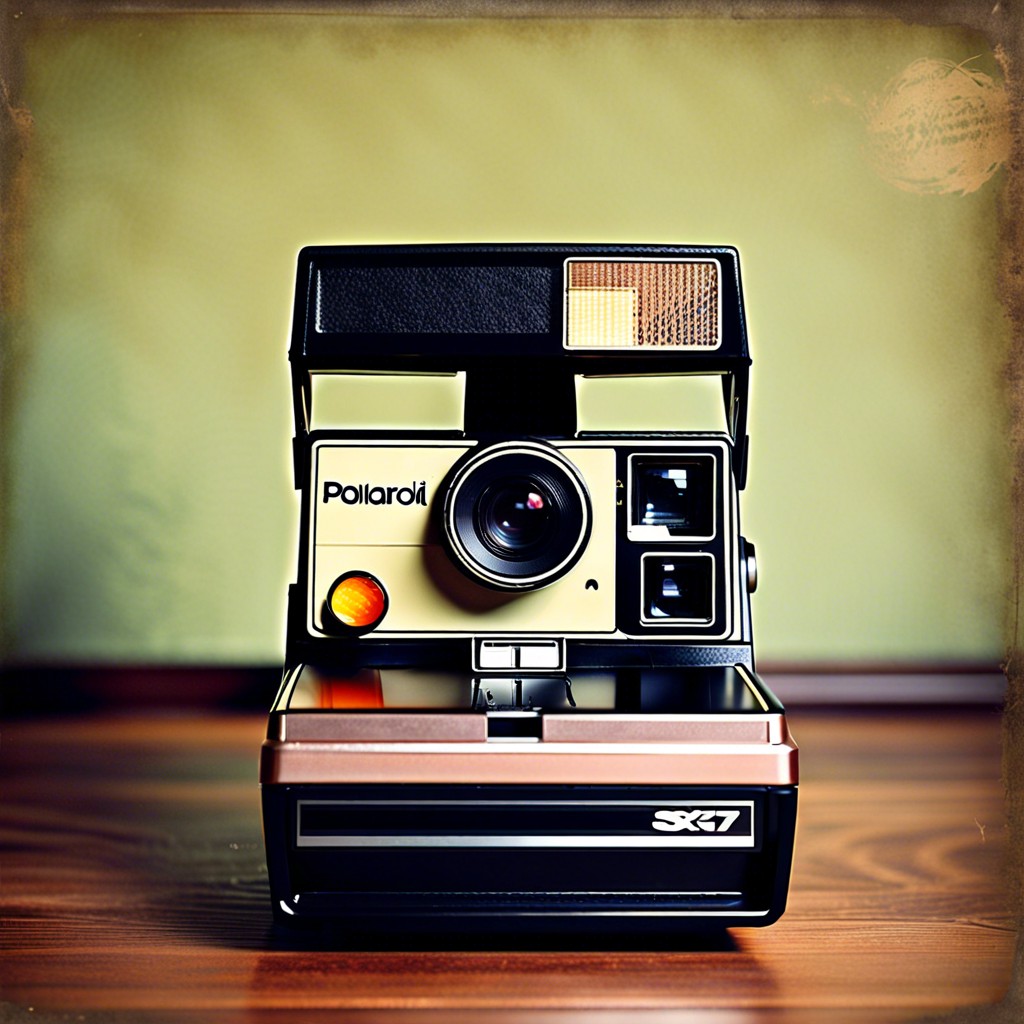
Introduced in 1972, the SX-70 holds a special place in the history of photography as the first SLR instant camera. Its folding design was revolutionary, making it both compact for storage and elegant in appearance. Renowned for its manual focus, the SX-70 allowed users to manipulate focus and exposure, affording greater artistic control. The film, which develops outside the camera, rendered soft, dreamlike images characteristic of the era. This model is a sought-after item for collectors and a favorite among enthusiasts who cherish hands-on photography with a vintage aesthetic. Maintenance is key; ensure the rollers are clean and the folding mechanism is intact. Compatible film, under the brand Polaroid Originals, is still in production, allowing the SX-70 to remain not just a relic but a functional piece of history.
Polaroid 600
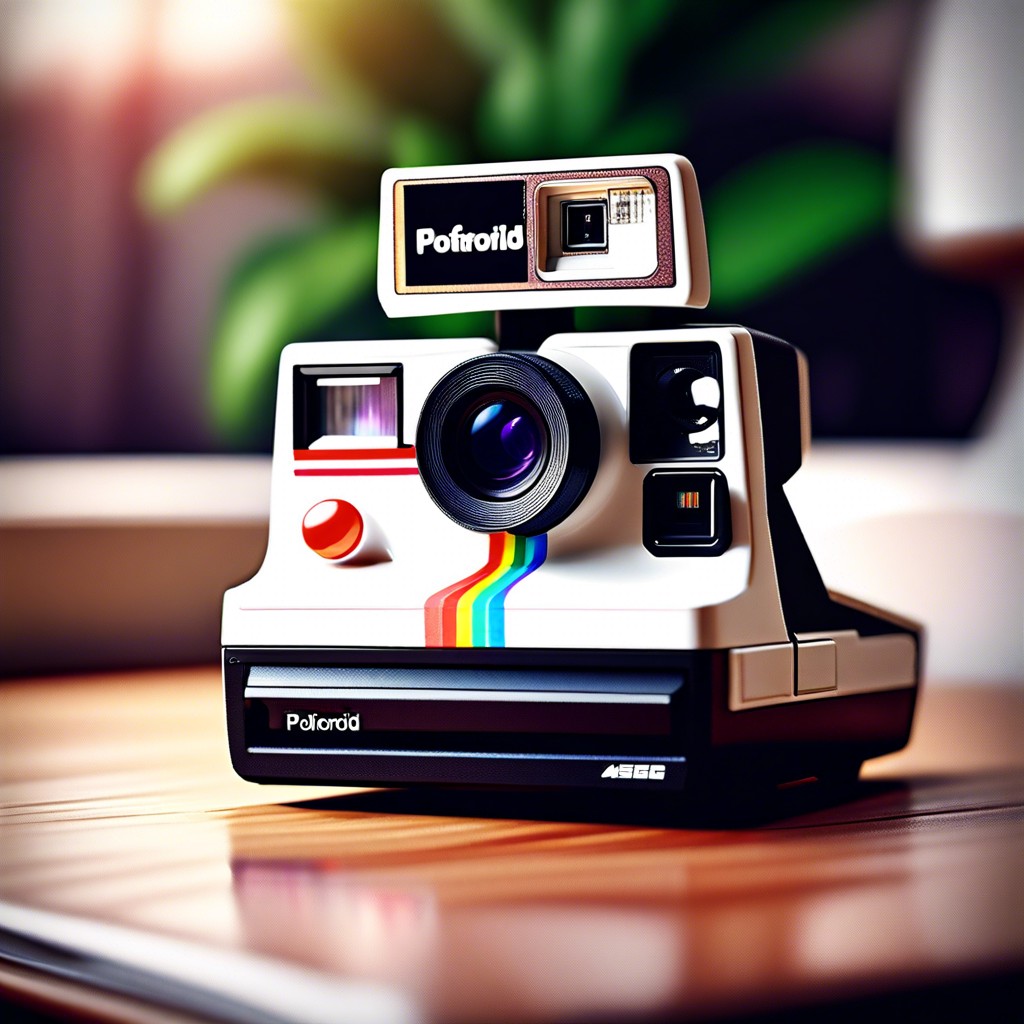
Introduced in the 1980s, the Polaroid 600 series epitomizes the ease of instant photography. Designed for simplicity, the 600 models came with built-in flash, fixed focus, and the convenience of automatic exposure. The camera’s compatibility with 600 film cartridges, which included a built-in battery, made it a hit for casual photographers. Iconic for its boxy design and rainbow stripe, the 600 is a symbol of vintage aesthetic and has witnessed a resurgence in popularity among enthusiasts and retro photography aficionados.
The charm of the 600 series lies in the tactile experience of shooting with film and the anticipation of the developing image ejecting from the front of the camera. Unpredictability in exposure and color brings a unique character to each photograph, offering a nostalgic contrast to today’s digital precision. These attributes, along with the camera’s straightforward operation, render it an appealing vintage collectible and an engaging device for exploring the roots of instant photography.
Polaroid SLR 680
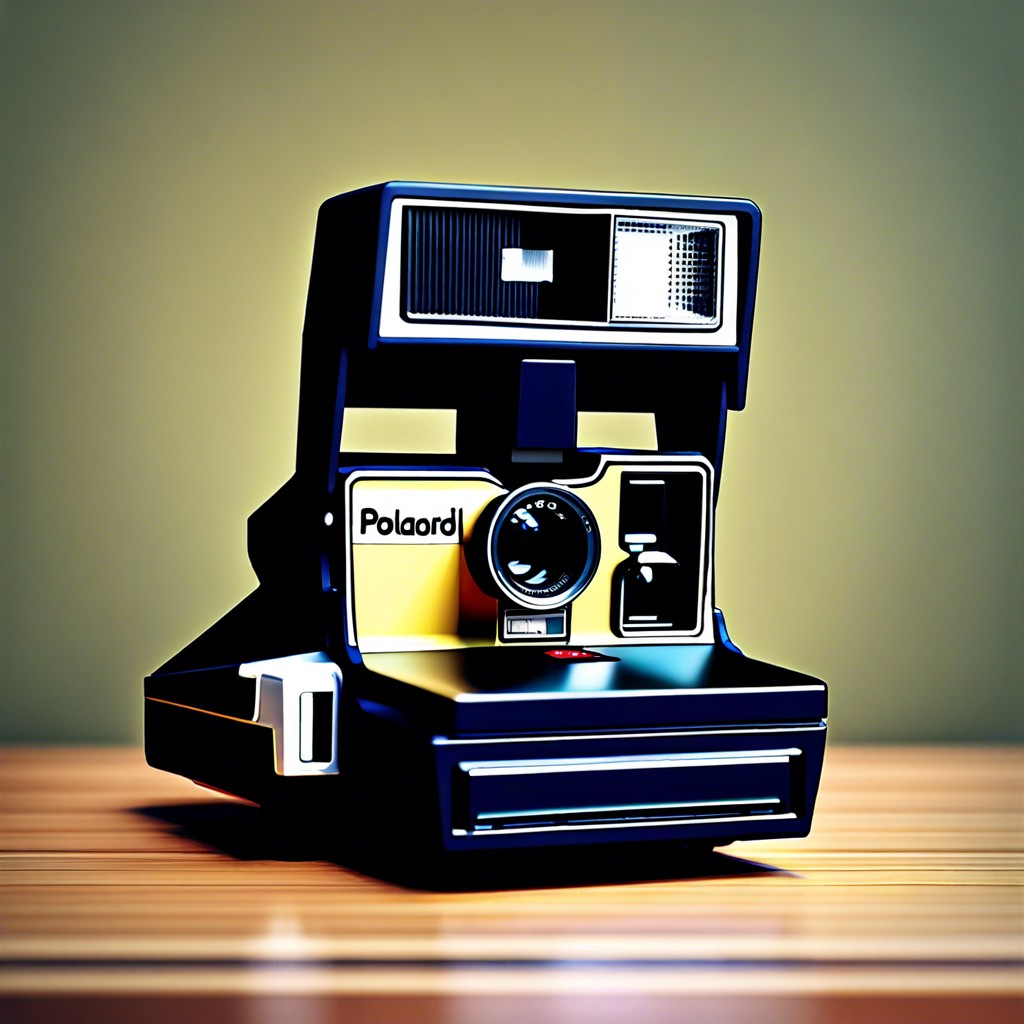
Released in the 1980s, the Polaroid SLR 680 camera is an evolution of the iconic SX-70. This model is a single-lens reflex (SLR) camera that offers users a real-time view of their subject through the lens, ensuring accurate framing and focus. The 680 came with an integrated automatic flash, making it more adaptable to low-light situations compared to its predecessors—an appreciated enhancement for indoor and night-time photography.
The key feature of the SLR 680 is its Sonar Autofocus system, which uses sound waves to measure distance and adjust focus, a novel feature for instant cameras of the time. Moreover, the camera uses 600 series Polaroid film, which is more sensitive to light, enabling faster shutter speeds and better performance under varying lighting conditions.
For enthusiasts looking for the quintessential Polaroid experience, the SLR 680 strikes a balance between the classic feel of vintage models and the convenience of modern features. Despite being a sophisticated piece of technology for its time, the camera maintains the straightforward, user-friendly operation that makes shooting with it both enjoyable and intuitive.

